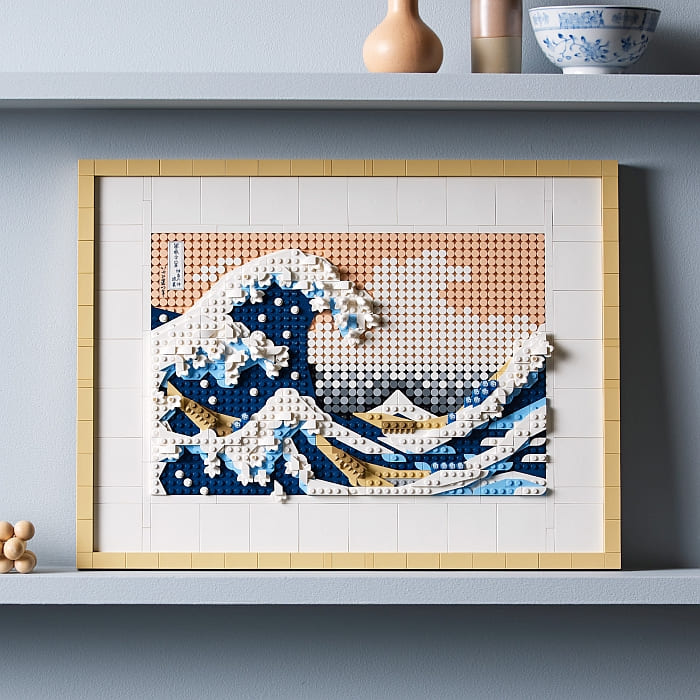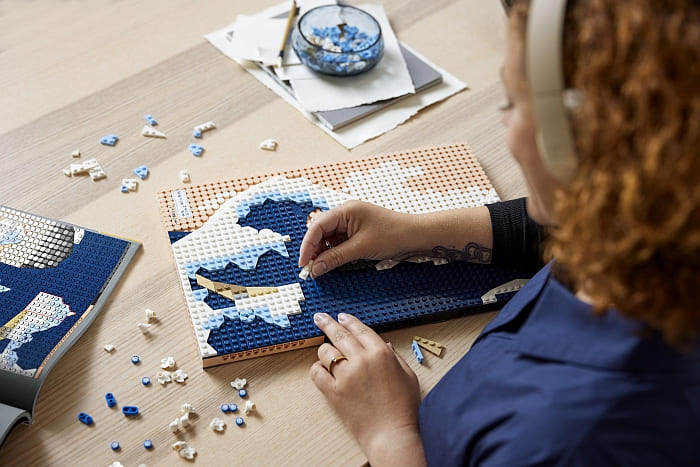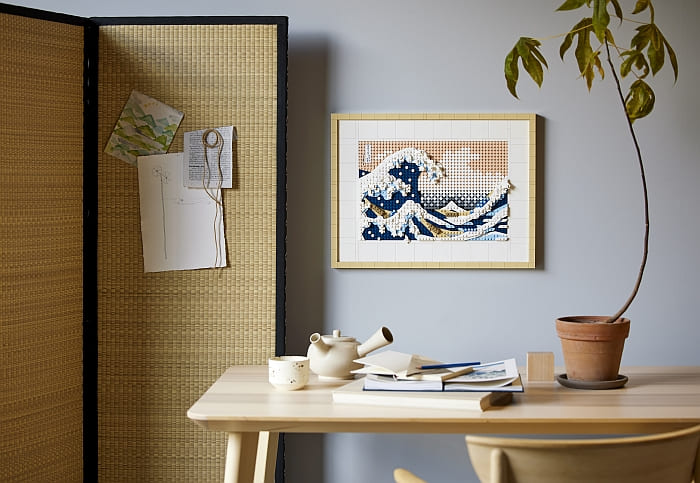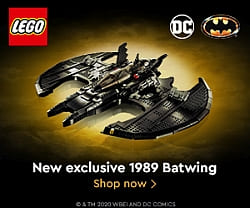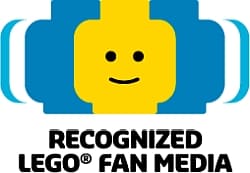Happy New Year! January is always an exciting month for LEGO fans, as LEGO always releases tons of new sets at the beginning of the year! And of course, there are also new freebies and promotions. Below are some of the highlights. Have fun browsing the new collection at the Online LEGO Shop and building your New Year’s wanted list!

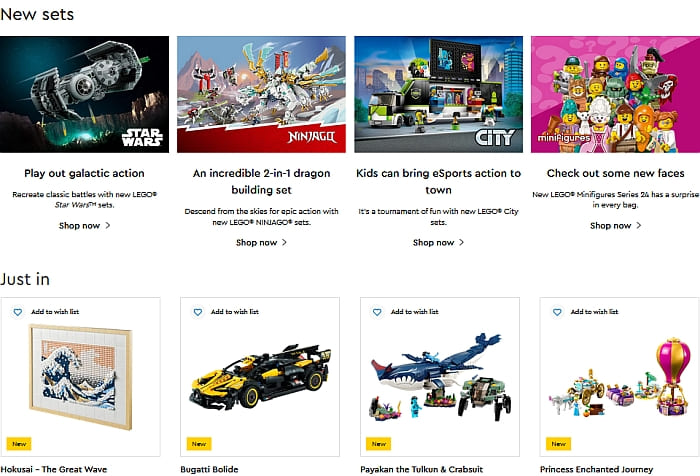
As far as freebies, the #40580 LEGO Blacktron Cruiser is free with purchases of $190 or more until January 14th. And the #40605 LEGO Lunar New Year VIP Add-On Pack is free with purchases of $50 or more until January 23rd. Both offers are available at official LEGO stores and the Online LEGO Shop.

The #31208 LEGO Art Hokusai – The Great Wave mosaic that we talked about a couple of days ago is now available. This is a beautiful and artistic display piece that also comes with an immersive soundtrack you can listen to while building (scan the QR code that comes with the set to access the soundtrack. The final piece measures over 20.5 in. (52 cm) high and 15.5 in. (39 cm) wide, and makes a beautiful home decor piece. The set is available at the LEGO Art section of the Online LEGO Shop.

The second wave of LEGO Avatar sets is now available featuring scenes and characters from Avatar: The Way of Water. This includes the #75575 LEGO Avatar Ilu Discovery, the #75576 LEGO Avatar Skimwing Adventure, the #75577 LEGO Avatar Mako Submarine, the #75578 LEGO Avatar Metkayina Reef Home, and the #75579 LEGO Avatar Payakan the Tulkun & Crabsuit. If you have seen the movie already you will really appreciate these sets, and if you haven’t, go watch it. It’s amazing! The sets are available at the LEGO Avatar section of the Online LEGO Shop.
The four new LEGO BrickHeadz sets include the #40615 LEGO BrickHeadz Tusken Raider, the #40630 LEGO BrickHeadz Frodo & Gollum, the #40631 LEGO BrickHeadz Gandalf the Grey & Balrog, and the #40632 LEGO Avatar Aragorn & Arwen. They are available at the LEGO BrickHeadz section of the Online LEGO Shop.

LEGO City got a huge wave of new sets, including more LEGO City Stunt Bikes, police and fire sets, construction vehicles, and more. A couple of sets that really stand out are the #60386 LEGO City Recycling Truck, the #60388 LEGO City Gaming Tournament Truck, and the #60389 LEGO City Custom Car Garage. You can find the whole selection at the LEGO City section of the Online LEGO Shop.
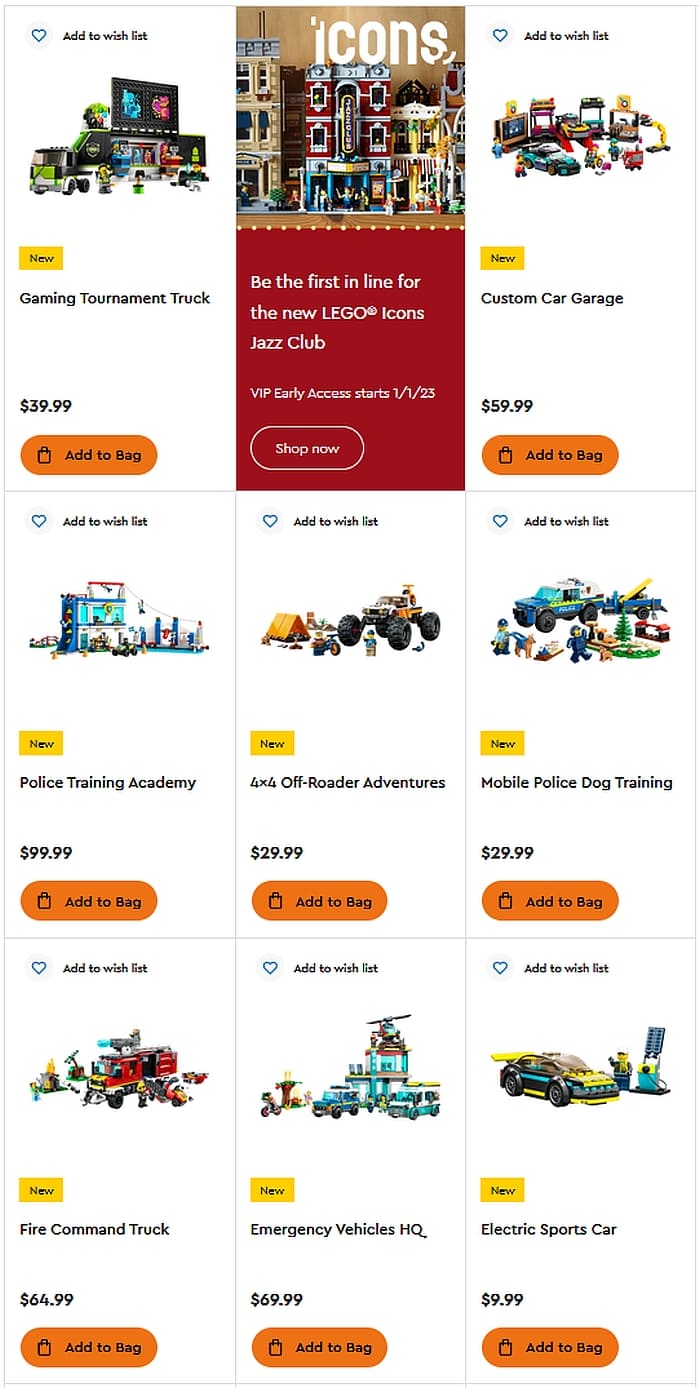
A cute set is the #11031 LEGO Classic Creative Monkey Fun with some brick-built monkeys and alternate builds. The other two sets with alternate builds are the #31133 LEGO Creator 3-in-1 White Rabbit, and the #31143 LEGO Classic 3-in-1 Birdhouse. They are available at the LEGO Classic and LEGO Creator sections of the Online LEGO Shop.

Disney got four new sets: the #43210 LEGO Disney Moana’s Wayfinding Boat, the #43211 LEG Disney Aurora’s Castle, the #43214 LEGO Disney Twirling Rapunzel, and the #43126 LEGO Disney Princess Enchanted Journey. They are available at the LEGO Disney section of the Online LEGO Shop.

LEGO DOTS continues with more colorful bracelet sets and other accessory kits. I really like these as they come with a ton of small pieces in unique colors, and also special printed elements, and interesting shapes. They are available at the LEGO DOTS section of the Online LEGO Shop.
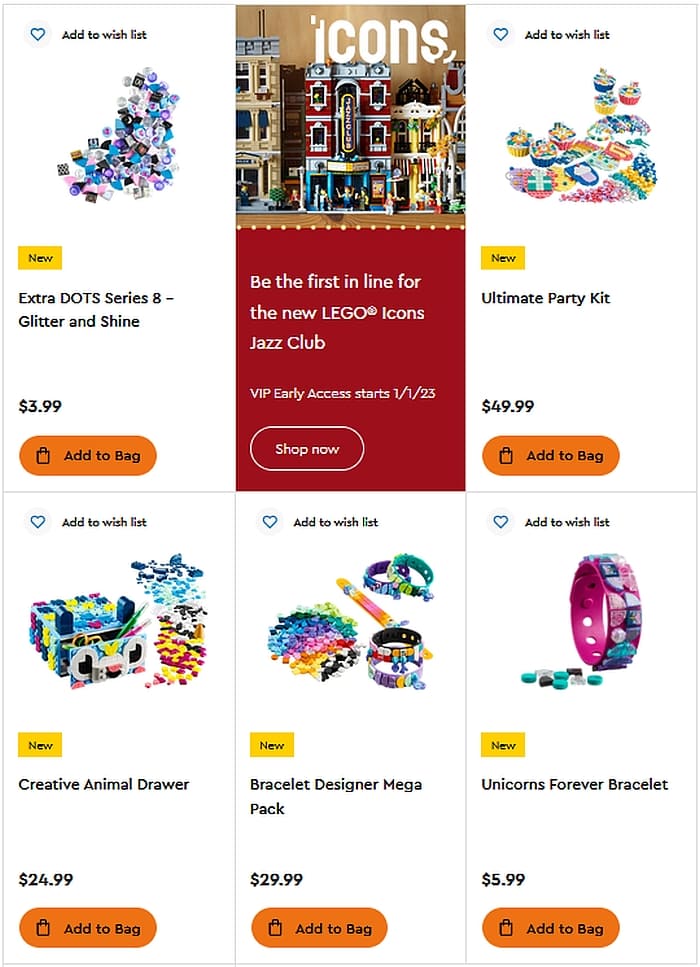
LEGO Friends is another theme that got a huge wave of new sets with many new characters, animals, and accessories. The color-scheme is excellent this year with attractive buildings that include the #41729 LEGO Friends Organic Grocery Store, the beautiful #41730 LEGO Friends Autumn’s House, the #41731 LEGO Friends Heartlake International School, and the amazing #41732 LEGO Friends Downtown Flower and Design Stores. There are also some nice smaller sets like the #41751 LEGO Friends Skate Park, the #41735 LEGO Friends Mobile Tiny House, the #41726 LEGO Friends Holiday Camper, and a series of highly detailed rooms for several of the main characters. To see all the new sets, visit the LEGO Friends section of the Online LEGO Shop.

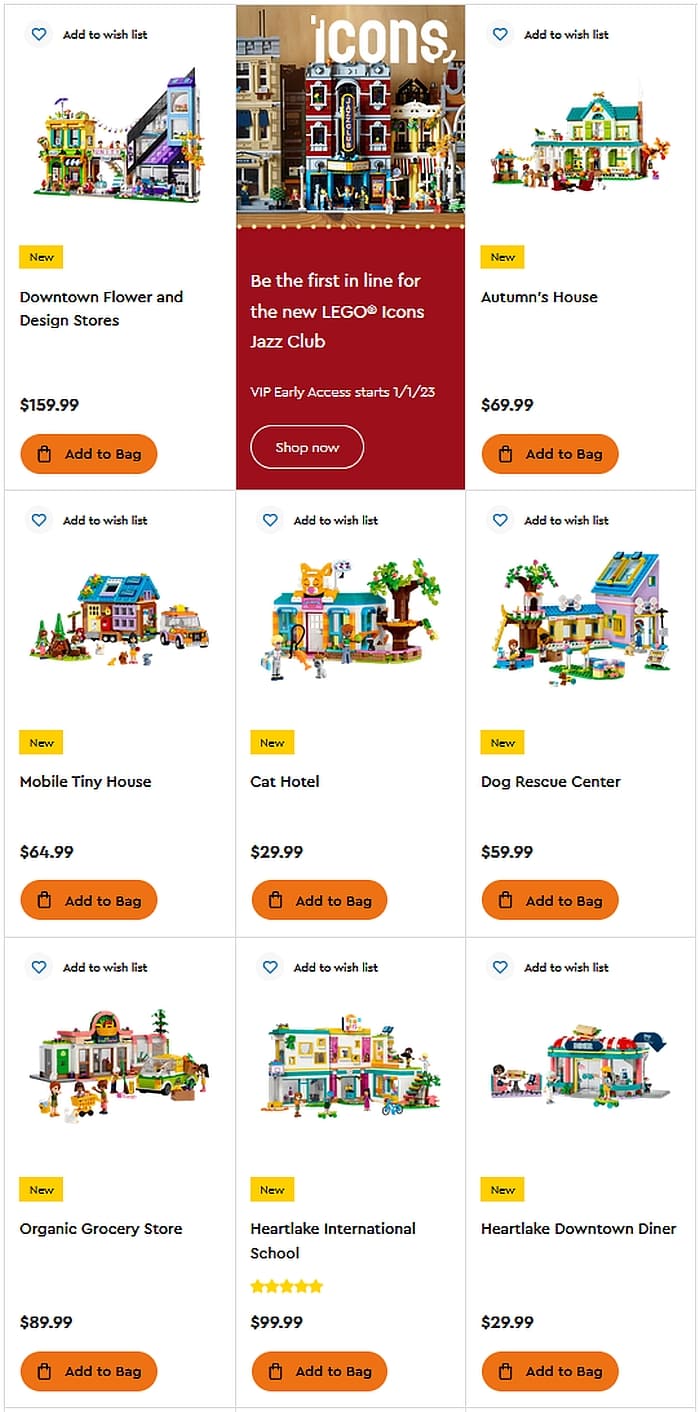
The latest in the LEGO Modular Building series, the #10312 LEGO Jazz Club is now available. Its main attraction is the jazz club (dark-red side of the building) with a dressing room, and there is also a pizzeria and tailor shop next door (in the yellow building). A nicely designed set with interesting building techniques and all the decorated elements are printed! Available at the LEGO Icons section of the Online LEGO Shop.
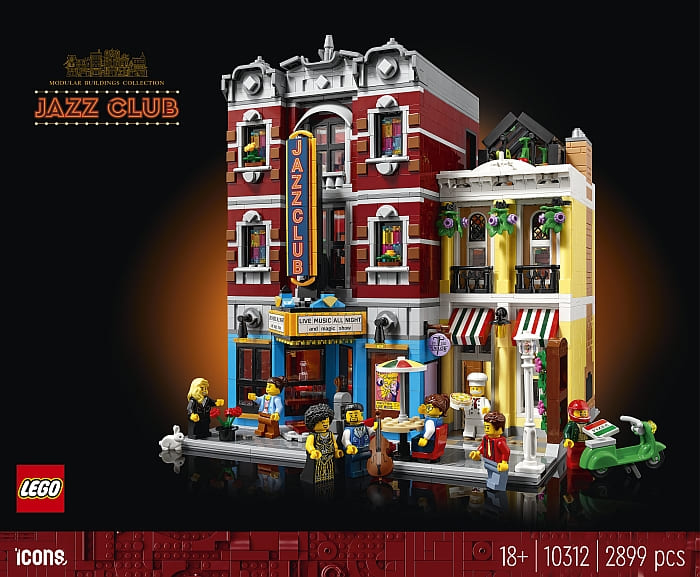
The new LEGO Marvel Super Heroes lineup includes several new armor sets; the #76241 LEGO Marvel The Hulk Mech Armor, the #76242 LEGO Marvel Thanos Mech Armor, the #76243 LEGO Marvel Rocket Mech Armor, and the #76245 LEGO Marvel Ghost Rider Mech & Bike. There are also some other new sets like the #76244 LEGO Marvel Miles Morales vs. Morbius, the #76247 LEGO Marvel The Hulkbuster: The Battle of Wakanda, and the #76248 LEGO Marvel The Avengers Quinjet. They are available at the LEGO Marvel section of the Online LEGO Shop.
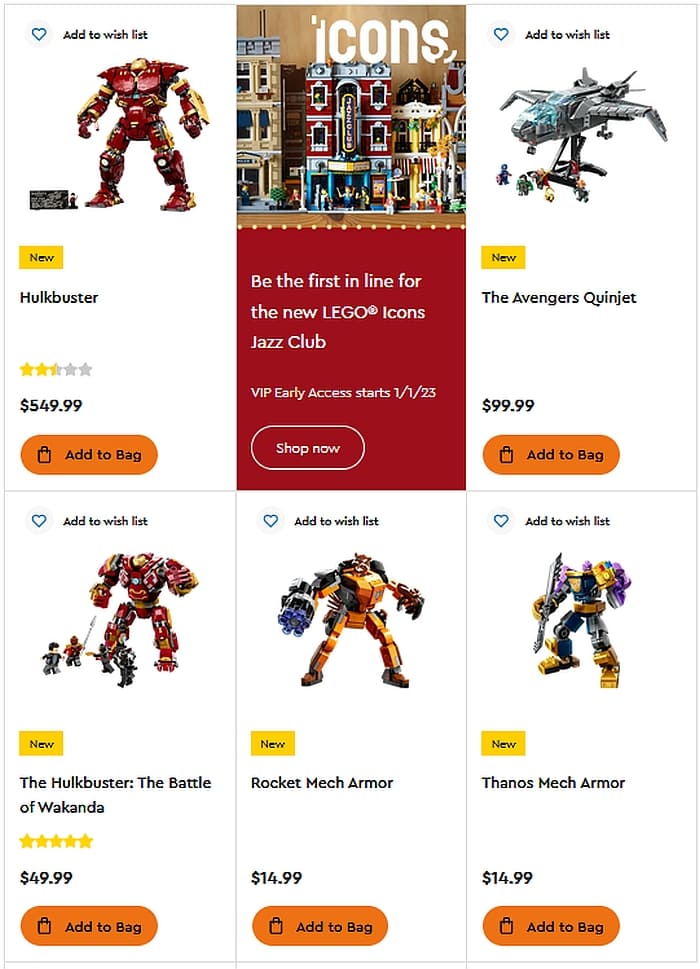
Minecraft fans can choose from seven new sets; the #21240 LEGO Minecraft The Swamp Adventure, the #21241 LEGO Minecraft The Bee Cottage, the #21242 LEGO Minecraft The End Arena, the #21243 LEGO Minecraft The Frozen Peaks, the #21244 LEGO Minecraft The Sword Outpost, the #21245 LEGO Minecraft The Panda Haven, and the #21246 LEGO Minecraft The Deep Dark Battle. They are available at the LEGO Minecraft section of the Online LEGO Shop.

The LEGO Collectible Minifigures Series 24 is now available with twelve new characters: T-Rex Costume Fan, Rococo Aristocrat, Robot Warrior, Potter, Newspaper Kid, Orc, Football Referee, Falconer, Conservationist, Carrot Mascot, Brown Astronaut and Spacebaby, and Rockin’ Horse Rider. Each packet with a minifig and accessories costs $4.99 and there is also a 6-pack of random characters for $29.94. They are available at the LEGO Minifigures section of the Online LEGO Shop.
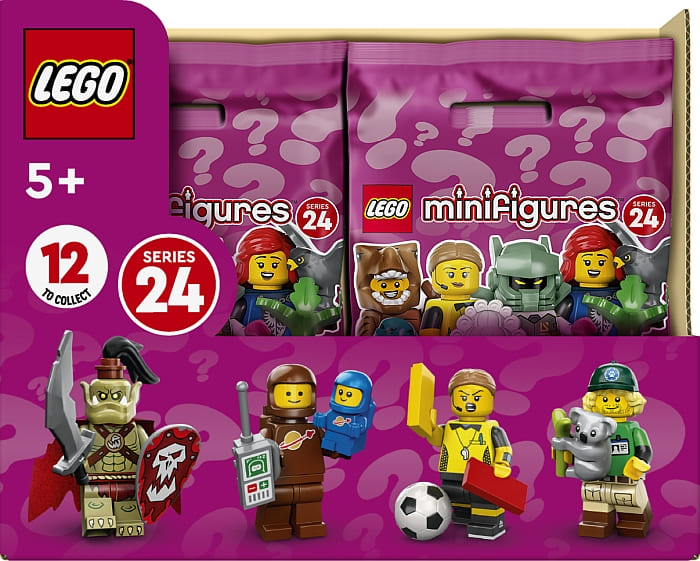
Like in previous years, we got two new sets celebrating Chinese New Year. These are highly detailed sets with unique minifigures and accessories. The two sets this year are the #80110 LEGO Lunar New Year Display for $89.99 and the #80111 LEGO Lunar New Year Parade for $129.99. They are available at the seasonal items section of the Online LEGO Shop.

The story of Monkie Kid continues with five new sets; the #80040 LEGO Monkie Kid’s Combi Mech, the #80041 LEGO Monkie Kid Mei’s Dragon Jet, the #80043 LEGO Monkie Kid Yellow Tusk Elephant, the #80044 LEGO Monkie Kid’s Team Hideout, and the #80045 LEGO Monkey King Ultra Mech. They are available at the LEGO Monkie Kid section of the Online LEGO Shop.

LEGO Ninjago got mostly smaller sets featuring mechs for each of the main characters. Some of the larger sets are the #71785 LEGO Ninjago Jay’s Titan Mech, the #71786 LEGO Ninjago Zane’s Ice Dragon Creature, and the very interesting #71787 LEGO Ninjago Creative Ninja Brick Box with free-building opportunities ninja style! The sets are available at the LEGO Ninjago section of the Online LEGO Shop.
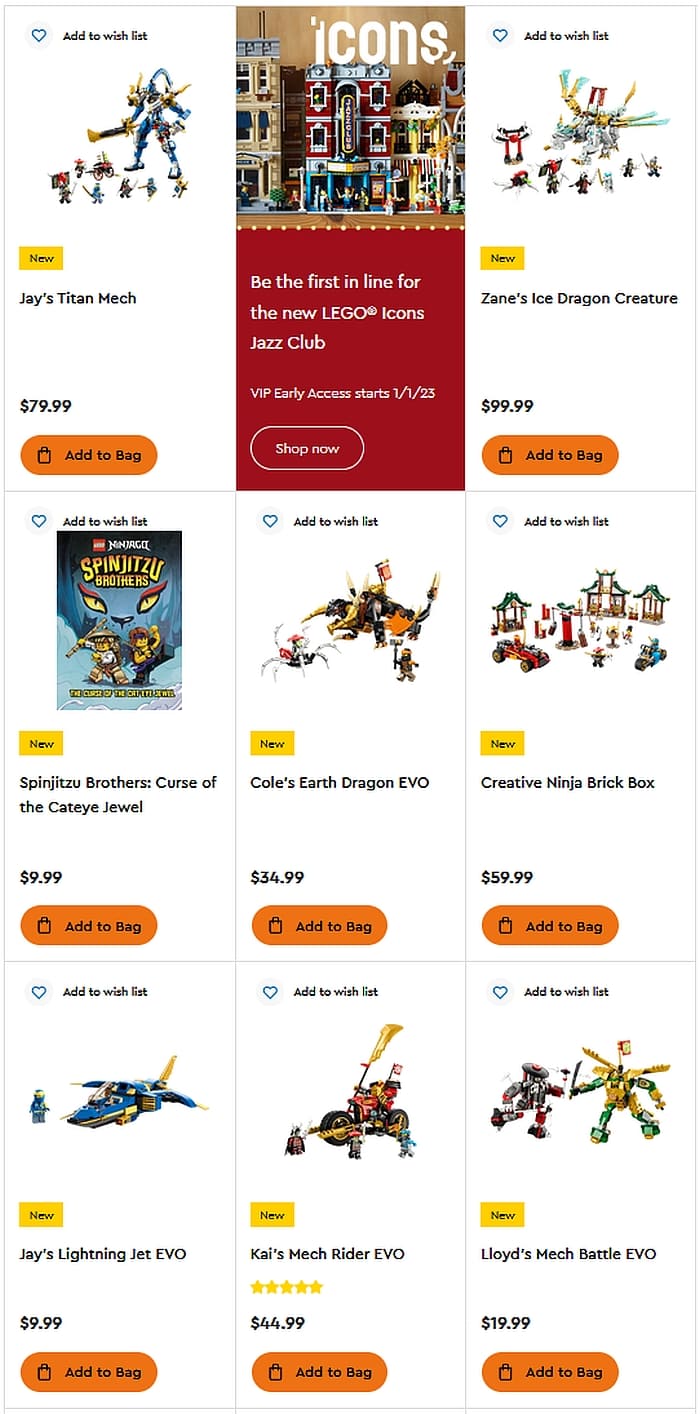
The only new LEGO Speed Champions set that’s already available is the #76917 LEGO Speed Champions 2 Fast 2 Furious Nissan Skyline GT-R (R34). More sets will be following in March. You can find them at the LEGO Speed Champions section of the Online LEGO Shop.

January is usually not a big month for Star Wars, but we still get three new sets; the #75344 LEGO Star Wars Boba Fett’s Starship Microfighter, the #75345 LEGO Star Wars 501st Clone Troopers Battle Pack, and the #75347 LEGO Star Wars TIE Bomber. They are available at the LEGO Star Wars section of the Online LEGO Shop.

Super Mario fans can select from several new small expansion packs, and there are also some larger sets like the #71417 LEGO Super Mario Fliprus Snow Adventure Expansion Set, the #71418 LEGO Super Mario Creativity Toolbox Maker Set, and the #71419 LEGO Super Mario Peach’s Garden Balloon Ride Expansion Set. Available at the LEGO Super Mario section of the Online LEGO Shop.
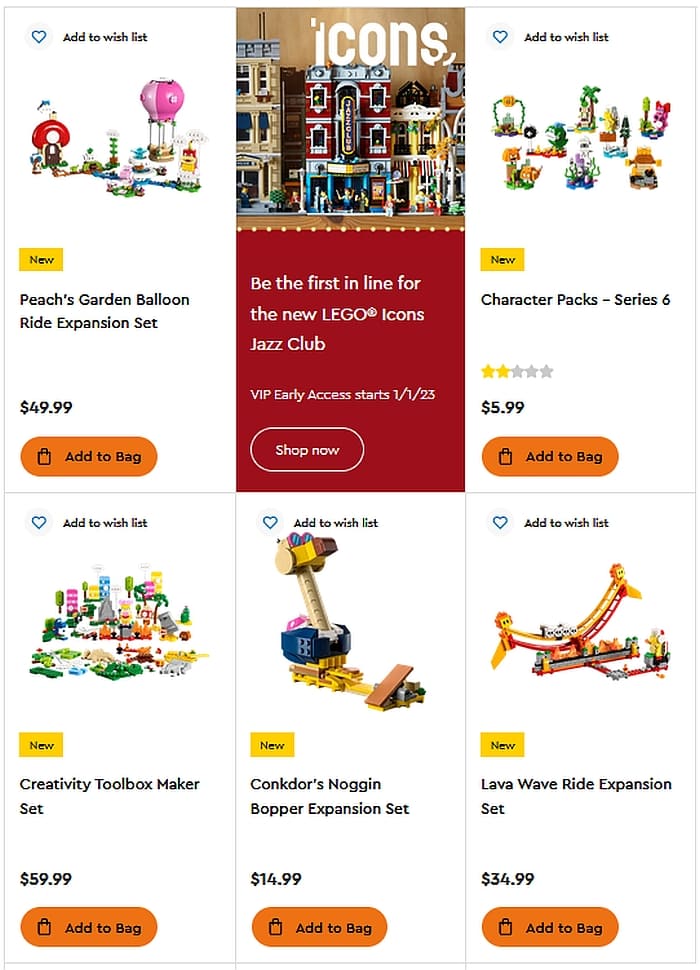
LEGO Technic fans can try out a couple of new pull-back racers; the #42149 LEGO Technic Monster Jam Dragon, and the #42150 LEGO Technic Monster Jam Monster Mutt Dalmatian. The #42151 LEGO Technic Bugatti Bolide is another interesting set, and there are also some small sets for those who are new to LEGO Technic. They are all available at the LEGO Technic section of the Online LEGO Shop.
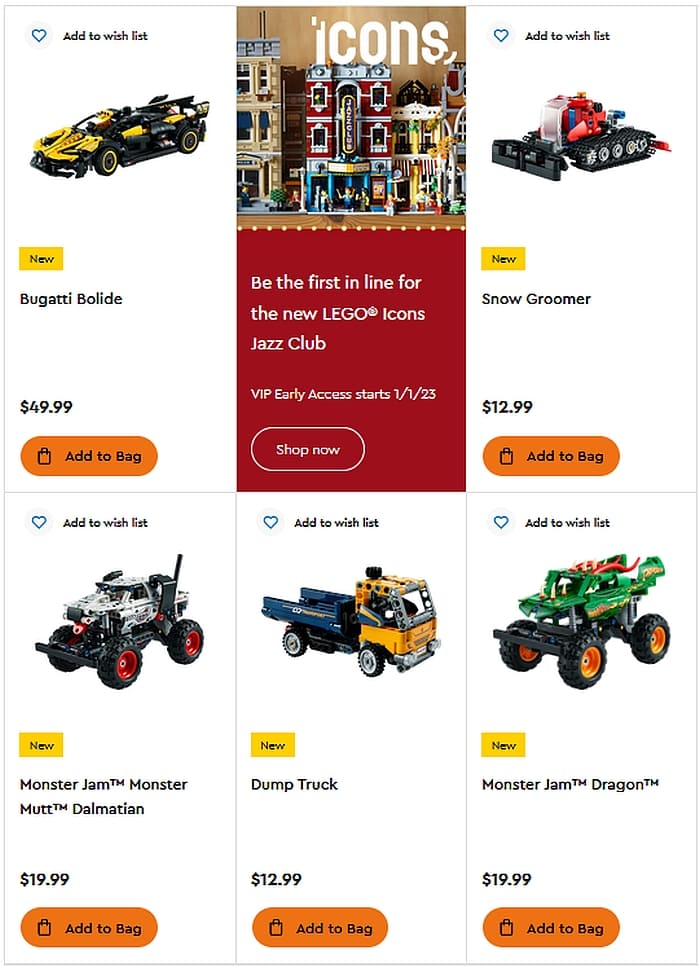
As you can see, there are plenty of new LEGO sets to choose from this month. And if you do plan to make a purchase, remember that LEGO is also clearing out some of their old stock, so you can find some good deals at 20-40% off at the sales section of the Online LEGO Shop.

What do you think? Which new sets are you most excited about? Feel free to share and discuss in the comment section below!
And you might also like to check out the following related posts:
- LEGO Holiday Main Street Video-Review & Ideas!
- LEGO Ideas Table Football Press-Release
- Huge LEGO Iron Man The Hulkbuster Press-Release
- LEGO Ideas Motorized Lighthouse Press-Release
- Brick Breakdown: LEGO Great Pyramid of Giza
- 2021-2022 LEGO Classic Castle Sets Overview
- LEGO Marvel Black Panther Life-Size Bust Press-Release
- LEGO Star Wars UCS Mandalorian Razor Crest
➡ LEGO SHOP IN USA: Online LEGO Shop USA
➡ LEGO SHOP IN CANADA: Online LEGO Shop Canada
➡ LEGO SHOP IN UK: Online LEGO Shop UK
➡ LEGO SHOP AUSTRALIA: Online LEGO Shop Australia


